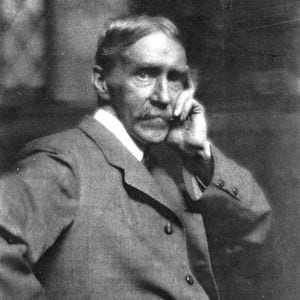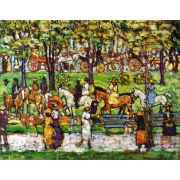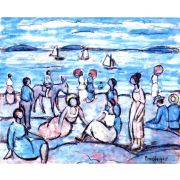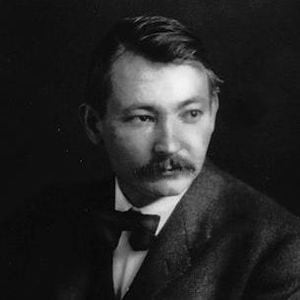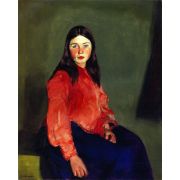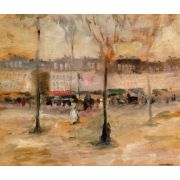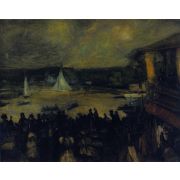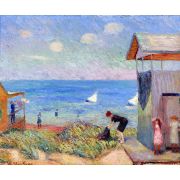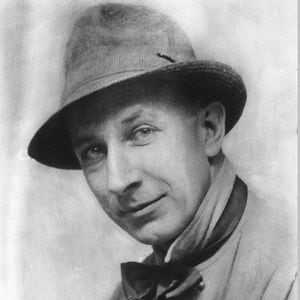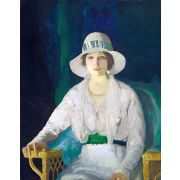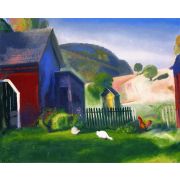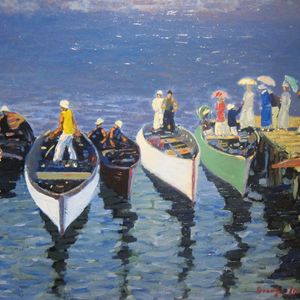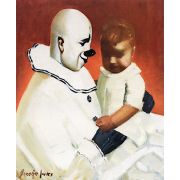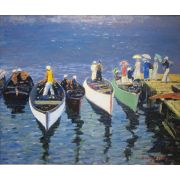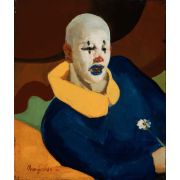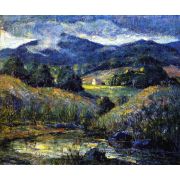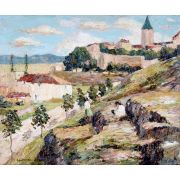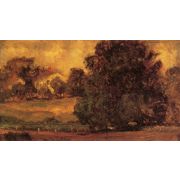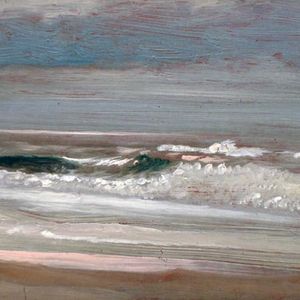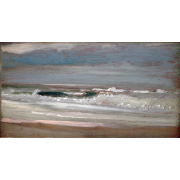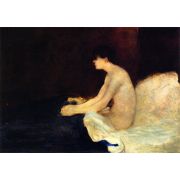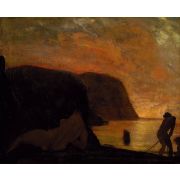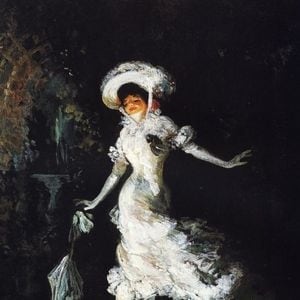
Ashcan School
Ashcan School
1 to 10 out of 10 artists
Maurice Prendergast
1858 -1924, Canadian / Post-Impressionism , Ashcan School , and American Modernism, 470 works
Robert Henri
1865 -1925, American / Ashcan School and American Modernism, 456 works
William Glackens
1870 -1938, American / American Modernism and Ashcan School, 415 works
George Wesley Bellows
1882 -1925, American / American Modernism and Ashcan School, 306 works
George Luks
1867 -1933, American / American Modernism and Ashcan School, 240 works
Ernest Lawson
1873 -1939, American / Impressionism , American Modernism , and Ashcan School, 237 works
Thomas P. Anshutz
1851 -1912, American / Ashcan School, 111 works
Arthur B. Davies
1862 -1928, American / Ashcan School and American Modernism, 99 works
John French Sloan
1871 -1951, American / American Modernism and Ashcan School, 9 works
Everett Shinn
1876 -1953, American / Ashcan School and American Modernism, 3 works
1 to 10 out of 10 artists
Ashcan School, sometimes known as the Ash Can School, was an American art style active in the late 19th and early 20th centuries that focused on depicting working-class New Yorkers and their everyday lives.
Some of the painters who created works in this vein were Robert Henri (1865-1929), George Luks (1867-1933), William Glackens (1870-1938), John Sloan (1871-1951), and Everett Shinn (1875-1956). (1876–1953). They all knew one other through their time spent in the same classroom under famous realism Thomas Anshutz at the Pennsylvania Academy of the Fine Arts or from their time spent working together as illustrators for Philadelphia-area newspapers. Theresa Bernstein was a member of the Ashcan School and a Philadelphia School of Design for Women graduate. In fact, she was good friends with several of the group's more prominent members, including Sloan, with whom she and he co-founded the Society of Independent Artists.
The movement, which found part of its inspiration in Walt Whitman's epic poem Leaves of Grass, has come to represent the period's spirit of political revolt.
Although only five of "The Eight" (Henri, Sloan, Glackens, Luks, and Shinn) were Ashcan painters, the Ashcan style is sometimes associated with the whole group.
Three others, Arthur B. Davies, Ernest Lawson, and Maurice Prendergast, painted considerably differently, and it wasn't until 1908 that an exhibition of "The Eight" gained widespread recognition. Ashcan art, however, saw more visibility, sales, and critical attention during the group's well-publicized show at the Macbeth Galleries in New York in 1908.
Protesting the National Academy of Design's traditional, hegemonic exhibition practices, the Macbeth Galleries show made public the need for more expansive possibilities to present cutting-edge work that pushed artistic boundaries. After its successful run in New York, John Sloan took the exhibition on the road and visited the cities of Chicago, Toledo, Cincinnati, Indianapolis, Pittsburgh, Bridgeport, and Newark. The reception was lukewarm at best, but demand was sky-high. One Ohio newspaper referred to it as a "big sensation" and wrote, "Visitors Join Throng Museum and Join Hot Discussion." "In presenting their work directly to the American audience, The Eight proved that cultural provincialism in the United States was less ubiquitous than contemporaneous and later narratives of the era had implied," art historian Judith Zilczer said of the endeavor. These artists saw a meteoric rise in sales and exhibition chances in the years that followed.
